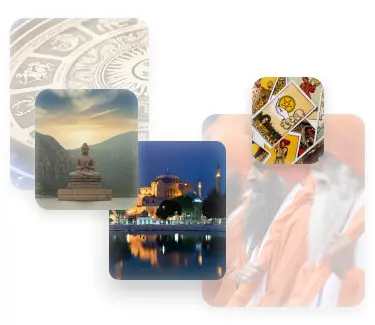Around I century CE.
Runes
The word rune means secret, secret. According to legend, the Runes were given to the Supreme God Odin, who wanted to master the secret knowledge and pass it on to people.
This section is open for editing
The Futhark runic alphabet originated under the influence of the Latin alphabet among the ancient Germans in the territory of modern Denmark, Sweden and Norway.
This method of writing was used from the I to the XII century CE.
Runes were also widely used in Ireland Iceland and Greenland.
This section is open for editing
A breaf history
According to legend, the Runes were given to the Supreme God Odin, who wanted to master the secret knowledge and pass it on to people.
Runes were used not only for writing, but also for divination.
As is often the case with archaic peoples and their beliefs, many beliefs and practices arise in parallel within different ethnic groups and locations of the Earth.
This is how various shamanic cults and spiritual rituals arose, the same with runes. Runes originally originated and developed in Northern Europe, then later their analogue appeared in Eastern Europe among the ancient Slavs.
Slavic runes also appeared as an alphabet for people to communicate with the gods by analogy with Futhark.
Our ancient ancestors believed that runes connect them with the gods. After all, each Rune had its own Patron God in the ancient pantheon.
Therefore, Slavic runes have great energy power.
Slavic runes are essentially the pre-Christian writing of the ancient Slavs. Scientists attribute their appearance to about the 4th century CE and associate it with the so-called Chernyakhovskaya archaeological culture in the regions of Ukraine and Moldova, as well as Poland and Romania.
Before the appearance of Glagolitic and Cyrillic, the Slavs had Runic writing.
Also, runes were their magical tool for conducting rituals and divination, which the Magi performed among the Slavs.
Essence
Images of runes on stone and metal were often found on the excavation sites of ancient Slavic pagan temples. With the help of runes, our ancestors wanted to attract the favor of the gods, as well as pass on their knowledge to descendants on tablets of stone and metal.
Runes help to read changes in energy and the meaning of events.
Runes are the keys to self-development, personal strength and spiritual growth.
Runic magic is a powerful magical system that allows to influence the events of a person’s life in a positive way.
Runes help to get rid of diseases, attract good luck in love, business, affairs, and also protect from negative influences, that is, they have the property of a talisman.
For example, the Slavic rune Alatyr means order, setting things right, getting the opportunity to manage events or even fate itself.
The Senior Futhark includes symbols that contain only Old Germanic runes,
for example, the rune Algiz, which means protection or divine protection, which is very important in our difficult times, where one often faces danger and negative influence.
The rune of Yera means harmony, the union of the male and female principles.
Other symbols were also often depicted on tablets, stone and metal
During the wars in ancient times, the so-called “victory runes” were actively used, which were applied to the hilt of a sword or to the tip of a spear.
Biography of the creator
This section is open for editing
Modern leaders
This section is open for editing
Scandals
Runes were used as Nazi symbols, the most famous of which are the swastika, and the Soulu runes, better known as the two SS lightning bolts.
Commandments
This section is open for editing
Rituals
One of the tools in runic magic is the runic circle. This tool has great power and is often used during various rites and rituals. The runic circle has symbolized immortality since ancient times and consists of runic symbols of the elder Futhark laid out along the edge of the circle.
It is believed that the energy of the Runes in this circle increases and the runes support each other.
Holidays
This section is open for editing
Holy places
This section is open for editing



 RU
RU
